Small living spaces often pose a challenge when it comes to decorating. The key to making the most out of a compact room is not just about filling it with stylish furniture, but maximizing every inch to create a harmonious, functional, and visually appealing environment.
In this article, we explore DecoratorAdvice tips for small living spaces, providing practical, creative, and insightful ideas that will help you transform your small home into a spacious sanctuary.
Whether you’re looking for smart storage solutions, clever design tricks, or aesthetic inspiration, this guide offers comprehensive advice on making the most of your limited space.
Why Is Decorating Small Spaces Important?
Decorating small living spaces isn’t just about fitting things into a tight area—it’s about creating an environment that feels comfortable and functional. Here are a few reasons why getting it right matters:
- Maximized Functionality: Smart design makes it possible to combine comfort with utility, helping you make the most of every square foot.
- Improved Mental Health: A well-organized and beautifully decorated space can reduce stress and improve your overall mood.
- Increased Property Value: Thoughtful design can make your small home more attractive to potential buyers, particularly in markets where space is at a premium.
By following DecoratorAdvice tips for small living spaces, you can enhance your living area’s appeal, comfort, and utility.
Read Also: DecoratorAdvice.com – Your Home Decor Partner in 2025!
Start With a Plan: Designing for Functionality
Planning is one of the most crucial steps when decorating small living spaces. Without a clear idea of what you need and how to use your space, it’s easy to end up overwhelmed or with a cluttered look.

Key Elements of a Smart Plan
- Use a Layout That Maximizes Flow: Ensure your furniture arrangement allows for easy movement.
- Think About Multi-Functional Spaces: If you’re combining a living room and dining area, consider movable furniture that can be re-arranged.
- Consider the Purpose of Each Area: Each zone in your room should have a clear function, whether it’s for lounging, eating, or working.
Choosing the Right Furniture for Small Spaces
When working with limited space, it’s important to select furniture pieces that are not only visually appealing but also functional. DecoratorAdvice tips for small living spaces recommend the following:
Focus on Scale and Proportions
- Choose Smaller-Scale Furniture: Opt for compact, sleek furniture rather than oversized couches or bulky armchairs. Think minimalistic designs that don’t overwhelm the space.
Multi-Functional Furniture
- Sofa Beds and Fold-Out Tables: Items that serve dual purposes can make your small space work harder for you.
- Storage Ottomans: These pieces provide extra storage and act as functional seating options.
Keep it Simple
- Minimalist Designs: Avoid intricate patterns or heavy furniture. Stick to pieces with simple, clean lines for an airy feel.
Incorporating Smart Storage Solutions
Storage is one of the most important aspects when decorating a small space. DecoratorAdvice tips for small living spaces suggest that every piece of furniture should do double duty.
Invest in Vertical Storage
- Shelving Units: Wall-mounted shelves take advantage of vertical space and keep items off the floor.
- Over-the-Door Organizers: A practical storage option that frees up valuable floor space.
Use Furniture with Built-In Storage
- Beds with Drawers: Maximize your bedroom space by choosing beds that include drawers or storage underneath.
- Coffee Tables with Hidden Storage: A smart solution for storing everyday items without cluttering the room.
Lighting Tricks to Make Your Small Space Feel Larger
Lighting plays a key role in how spacious a room feels. By layering different lighting elements, you can create the illusion of a larger area.
Layered Lighting
- Ambient Lighting: Use soft overhead lights or pendant lamps to illuminate the room without overpowering it.
- Task Lighting: Use table lamps and floor lamps to highlight specific areas like your reading nook or desk.
- Accent Lighting: Consider LED strip lighting behind furniture to add depth and warmth.
Natural Light
- Maximize Windows: Use sheer curtains or blinds that allow natural light to flow in. Natural light will make your space feel more open and airy.
Mirrors: A Simple Yet Effective Design Trick
One of the easiest ways to make a small room feel bigger is by incorporating mirrors. DecoratorAdvice tips for small living spaces recommend strategically placing mirrors around the room:
- Reflect Light: Place mirrors opposite windows to reflect natural light and brighten up the space.
- Create Depth: Large mirrors can make the room appear deeper, enhancing the feeling of openness.
Use Lighter Colors to Open Up the Space
Using lighter colors in a small space can make it feel larger and more open. Soft neutrals like white, light gray, and pastels reflect light, creating an airy atmosphere. A monochrome color scheme with matching shades for walls, floors, and furniture can also make the room feel more expansive.
To add personality, use pops of color through accents like throw pillows, rugs, or artwork. Bright colors can bring vibrancy without overwhelming the space. Keep bold colors limited to a few pieces to maintain a balanced and inviting look.
Create a Focal Point to Draw the Eye
In a small room, it’s essential to have a focal point that draws attention and makes the space feel more balanced. DecoratorAdvice tips for small living spaces emphasize:
- Statement Artwork: A bold piece of art can serve as the focal point of the room and create visual interest.
- Unique Furniture Pieces: A single, striking piece of furniture, such as a vintage chair or modern coffee table, can set the tone for the room.
Declutter and Maintain Simplicity
When decorating small spaces, less is often more. Keeping the room tidy and minimizing clutter can make a significant difference.
Simplify the Decor
- Fewer Decorative Items: Choose decor that adds value, such as a beautiful vase or minimalist art, without overcrowding surfaces.
- Storage Bins and Baskets: Use chic storage solutions to keep everyday items organized and out of sight.
Incorporating Greenery for a Natural Touch
Plants are a simple way to add life and vibrancy to a small space. They help purify the air while introducing color and a natural feel. Including greenery can make the room feel fresher and more inviting.
For small spaces, succulents are a great option. They’re small, easy to care for, and can be placed in corners without taking up much space. Hanging plants from the ceiling is another smart choice to save floor space and bring a touch of nature overhead.
Rugs and Textiles to Define Spaces
Area rugs can help define different areas within an open-concept room. DecoratorAdvice tips for small living spaces recommend:
- Smaller Rugs: Choose rugs that fit the scale of the room, and avoid oversized options that can make the space feel cluttered.
- Layering Textiles: Mix and match textures in cushions, throws, and curtains to add warmth and comfort without overwhelming the space.
Wall Treatments: Creative Ways to Personalize Your Space
Walls are blank canvases that can be used to express your personality. Incorporating unique wall treatments can significantly change the ambiance of a small room.
Wallpapers and Wall Decals
- Bold Wallpaper: A small, patterned wallpaper accent wall can create a striking effect without overpowering the room.
- Removable Wall Decals: Great for renters, these decals add flair while allowing you to personalize your space temporarily.
Read Also: Latest DecoratorAdvice .com – Transform Your Space with Expert Tips and Trends!
Utilizing the Ceiling for Extra Storage
The ceiling is a great, often overlooked space for extra storage or decoration. Installing floating shelves above eye level can free up floor space while adding a practical and stylish touch to your room.
You can also make your ceiling stand out with statement designs. Adding a unique paint color or wallpaper to the ceiling can give the room extra dimension and create a focal point that enhances the overall look of the space.
Open Shelving for Functional and Stylish Storage
Open shelving can be an excellent option for small spaces, especially in kitchens or living rooms.
Keep it Organized
- Display Your Best Items: Only store aesthetically pleasing items on open shelves to avoid clutter.
- Group Similar Items: Arrange items in groups of similar colors or styles for a more cohesive look.
Small Space Design Mistakes to Avoid
While there are many things you can do to maximize your space, there are also some common mistakes you should avoid when decorating small living spaces.
Overcrowding the Room
- Keep It Simple: Keep your space simple by sticking to the essentials. Avoid overcrowding the room with too much furniture or decor, as this can make it feel cramped. Instead, focus on a few key pieces that serve both style and function.
Choosing the Wrong Scale Furniture
- Fit to Size: Choose furniture that fits the size of your space. Avoid large, bulky pieces that can make the room feel overcrowded. Opt for smaller, lighter furniture to create a more open and comfortable environment.
Maintaining Flexibility with a Transformable Space
Flexibility is essential in small living spaces. It’s important to design a room that can adapt to your changing needs, whether you’re working, relaxing, or hosting guests. This makes the space feel more functional and comfortable.
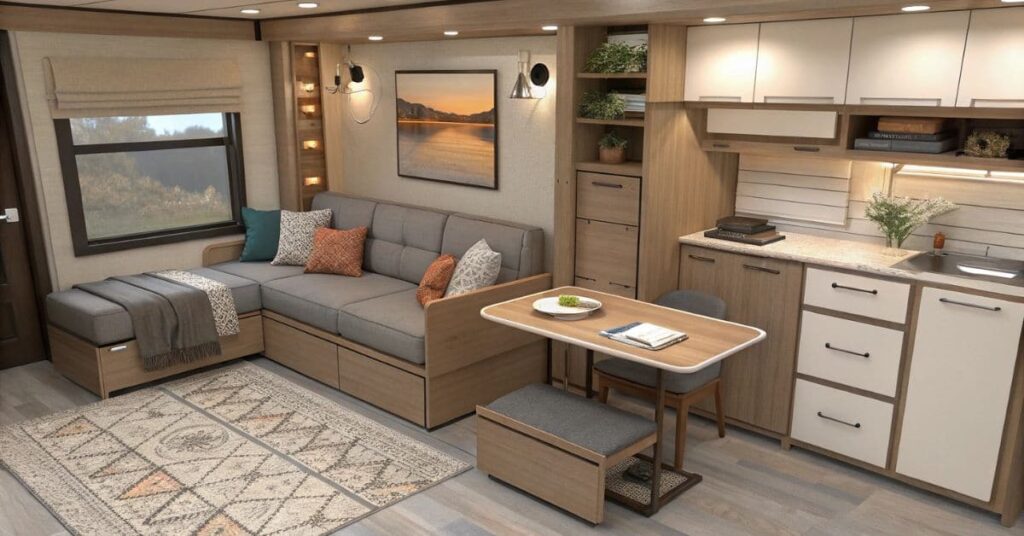
Modular furniture is perfect for creating this flexibility. With pieces that can be rearranged or combined, you can easily adjust the layout based on your needs. This allows you to make the most of your space.
FAQs
How can I make my small space feel less cramped?
Use light colors, mirrors, and multi-functional furniture to create the illusion of space. Keep the room clutter-free and maximize vertical storage.
What is the best way to incorporate storage into a small living space?
Look for furniture with built-in storage, such as beds with drawers or ottomans that double as storage units. Wall-mounted shelves are also great for utilizing vertical space.
Can plants help in small living spaces?
Yes, plants not only add a touch of nature but also contribute to a calming environment. Use small pots or hanging plants to save floor space.
Conclusion:
Decorating small living spaces requires creativity, thoughtful planning, and smart design choices. By implementing DecoratorAdvice tips for small living spaces, you can transform even the most compact rooms into functional, stylish, and inviting areas. Focus on maximizing storage, using light colors to open up the space, and incorporating multi-functional furniture to make the most of every inch.
Additionally, adding greenery, using mirrors, and embracing flexibility with modular furniture can all contribute to a space that feels spacious, organized, and personalized. With these tips, your small living area can become a beautiful, practical home that meets all your needs without feeling cramped.
Read Also:





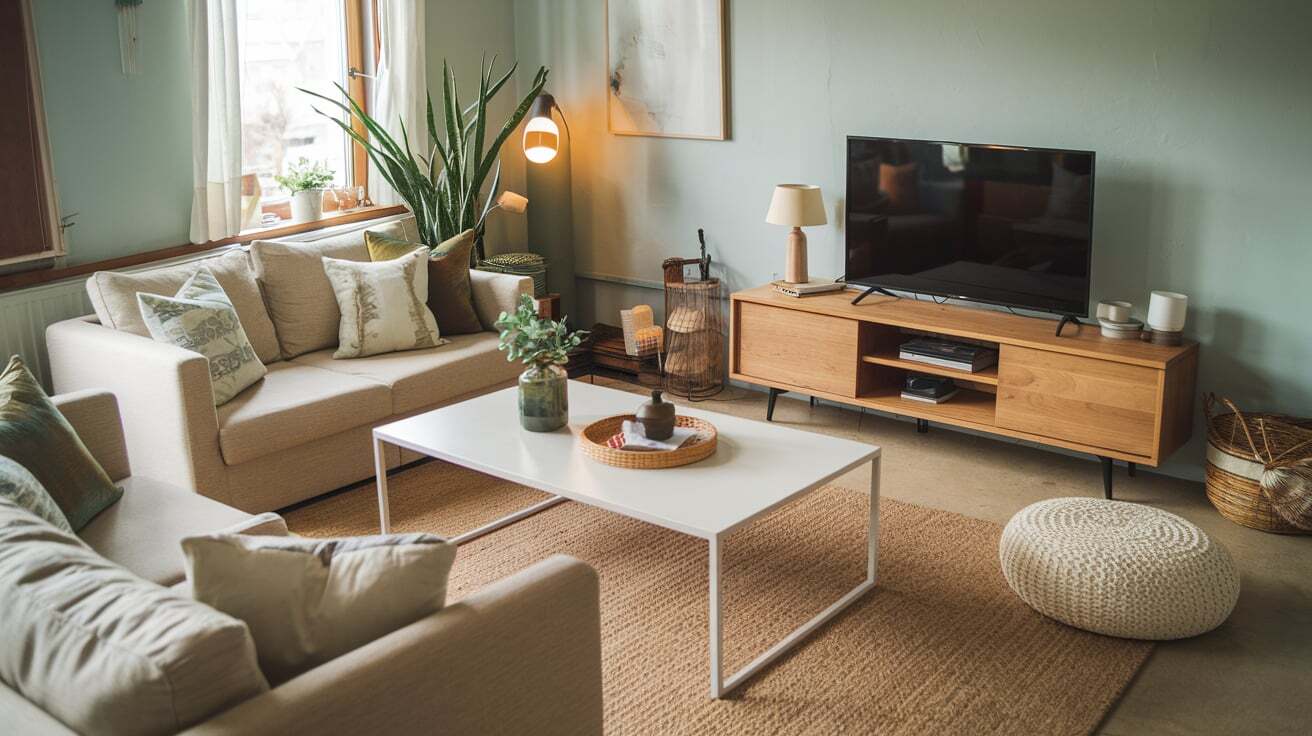
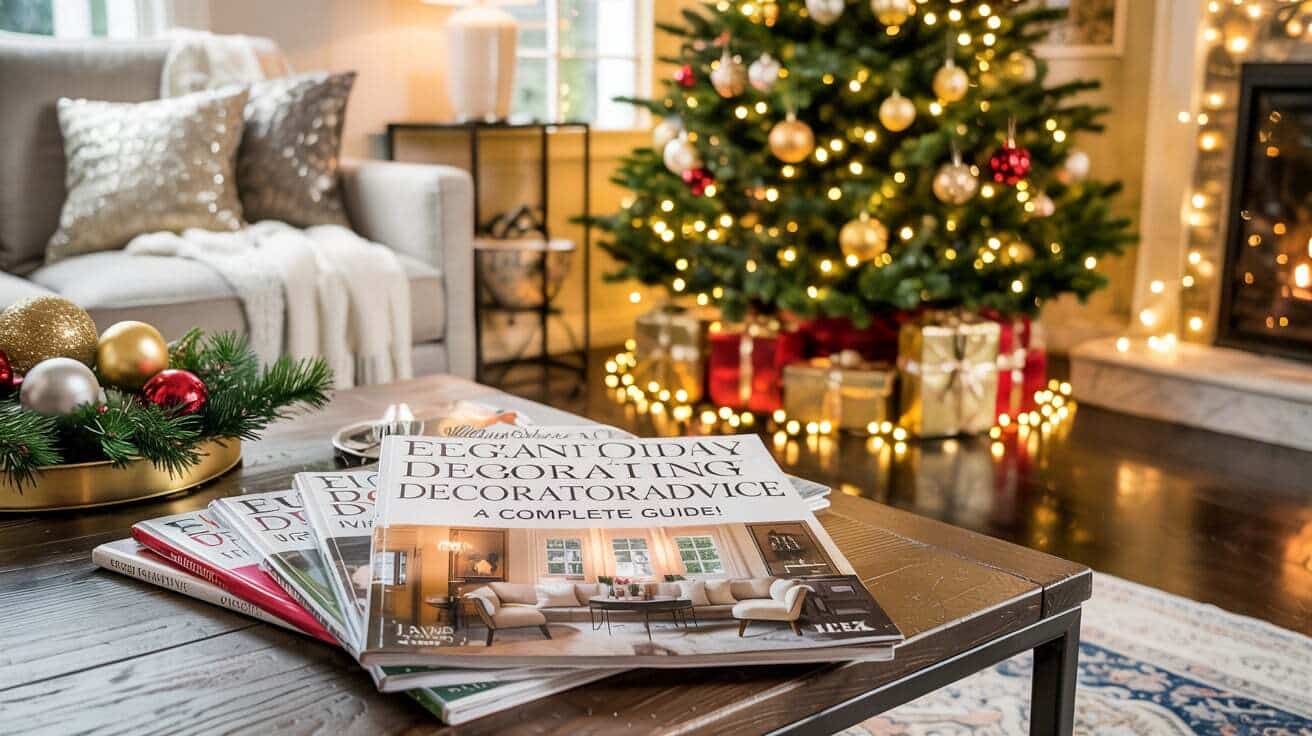
Leave a Reply